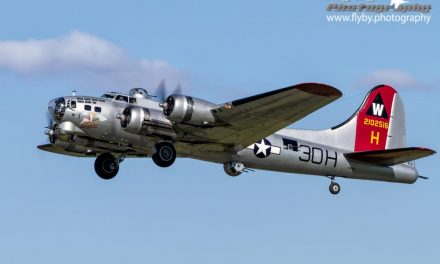
This Day in Aviation History
October 24th, 1947
First flight of the Grumman HU-16 Albatross.
The Grumman HU-16 Albatross is a large twin–radial engine amphibious flying boat that was used by the U.S. Air Force (USAF), the U.S. Navy (USN) and the U.S. Coast Guard (USCG), primarily as a search and rescue and combat search and rescue aircraft. Originally designated as the SA-16 for the USAF and the JR2F-1 and UF-1 for the USN and USCG, it was redesignated as the HU-16 in 1962.
An improvement of the design of the Grumman Mallard, the Albatross was developed to land in open ocean situations to accomplish rescues. Its deep-V hull cross-section and keel length enable it to land in the open sea. The Albatross was designed for optimal 4-foot (1.2 m) seas, and could land in more severe conditions, but required JATO (jet-assisted take off, or simply booster rockets) for takeoff in 8–10-foot (2.4–3.0 m) seas or greater…..
Source:
Wikipedia, Grumman HU-16 Albatross: http://gstv.us/1MJgthm
YouTube, Three Grumman HU-16 Albatrosses Form Up: http://gstv.us/1MJgwcS
If you enjoy the “This Day in Aviation History” collection, you may enjoy some of these other collections from Gazing Skyward TV: http://gstv.us/GSTVcollections
Photo from: http://gstv.us/1MJgEci
#avgeek #aviation #history #Military #WW2 #Grumman #HU16 #Albatross #Flying #Boat #USA #fb






Recent Comments